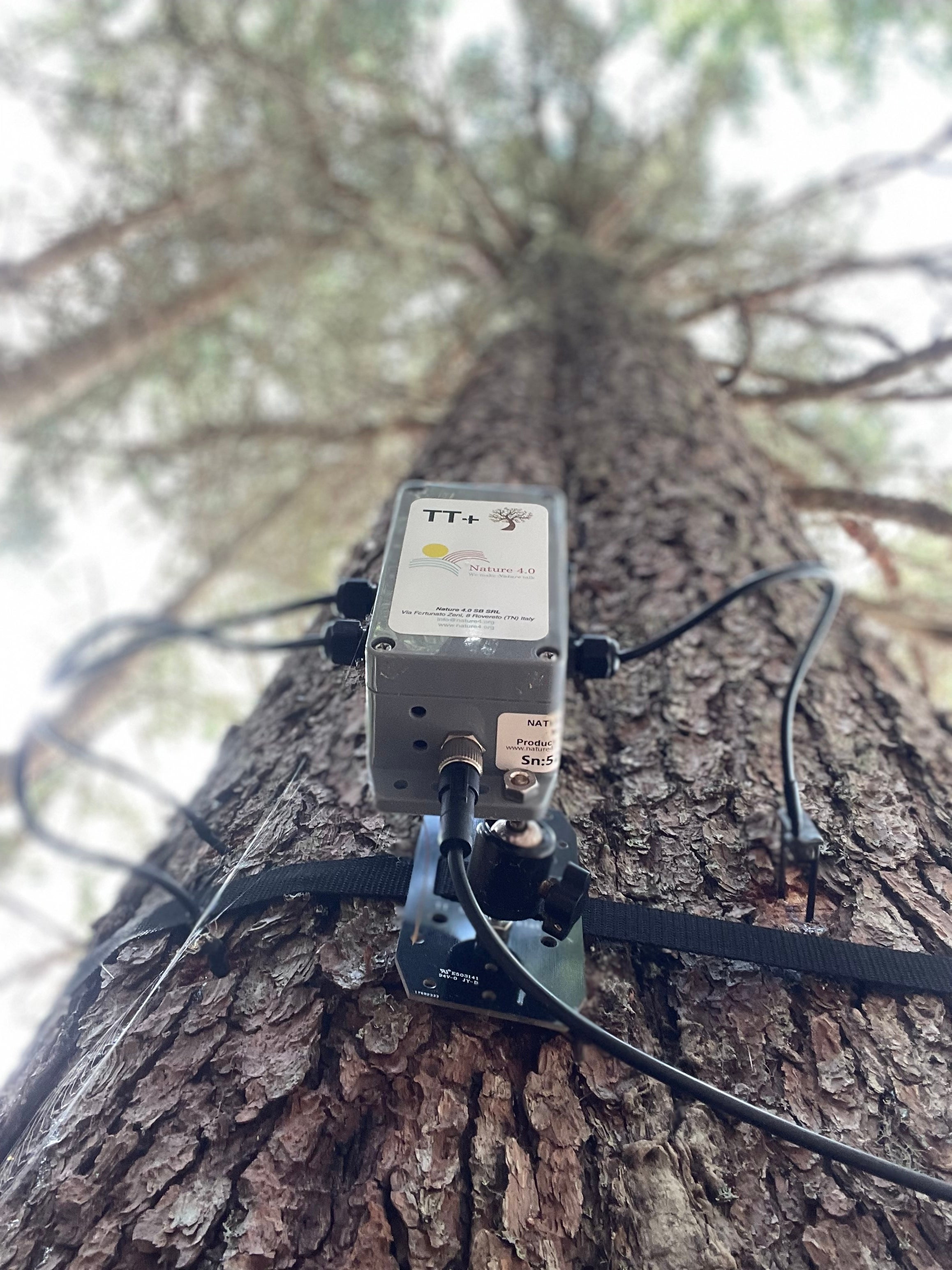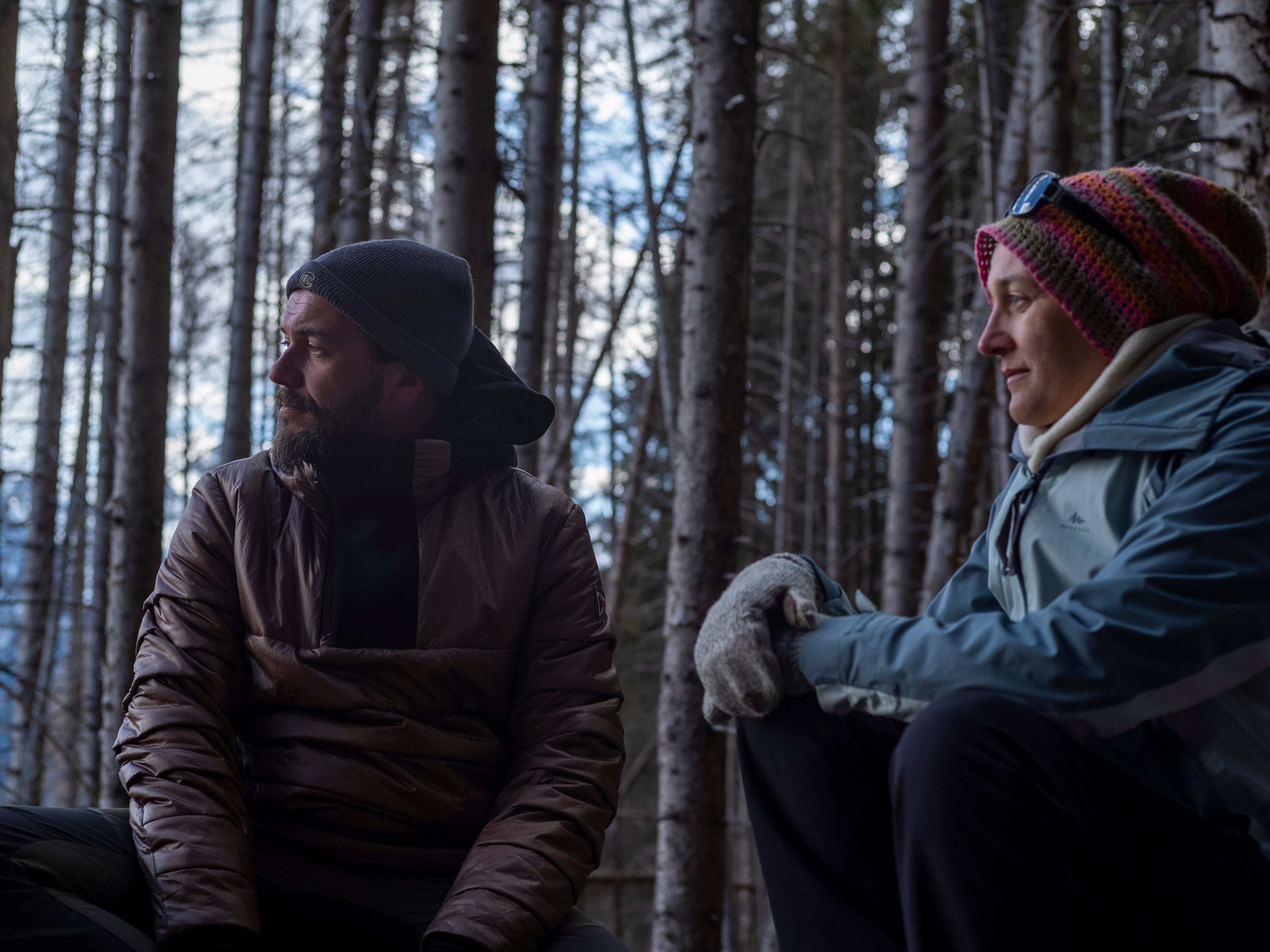The trees are talking to each other. But it doesn’t happen all the time.
They appear to be able to pass down their ecological knowledge from older trees to younger trees, in the event of a solar eclipse, according to scientists.
The findings add to researchers’ understanding of trees, which officials say are critical to our survival in the face of climate change and biodiversity loss. They also add to emerging evidence that the plants participate in their ecosystems.
“Basically, we are watching the famous ‘wood wide web’ in action!” Monica Gagliano, a professor at Australia’s Southern Cross University, said in a statement.
Gagliano was one of the lead authors of the study, which was published last month in the journal Royal Society Open Science.
During a two-hour-long partial solar eclipse, the authors took to Italy’s stunning Dolomites mountains, hoping to understand what effect the event might have on its spruce trees.
They had attached remote sensors to three healthy trees. Two of them were about 70 years old and the other was just 20 years old. They also attached the sensors to five tree stumps that had been hit by a storm years earlier.
They used the sensors to record the electrical currents the trees generated, leading to shocking results.

Charged molecules travel through the cells of all living organisms, transmitting signals as they move. The activity creates electrical currents that allow organisms to communicate.
Tracking these signals, the researchers found that the spruces both responded to the eclipse and anticipated it, syncing up their bioelectrical signals hours in advance. The changes were seen inside the water and molecules.
The older trees had a more pronounced early response than the younger trees, suggesting the trees may have developed mechanisms to anticipate and respond to such events. But the scientists also detected bioelectrical waves traveling between the trees, although not in the way you might think.
The study’s framework supports the idea of entanglement among the trees, suggesting the signals are “coming as a phase synchronization, not based on matter exchanges, e.g., through fluids and molecular exchanges via roots, or by air currents.”

However, the researchers say this dynamic is consistent with studies showing long-distance signaling between plants can help them coordinate various physiological functions in response to environmental changes.
Changes were also detected in stumps, although they were less pronounced than in the healthy trees.
Using computer modeling and analysis, they tested out these findings. What they found supported their results, suggesting a “cohesive, organism-like reaction at the forest scale.”
The results also underscore the importance of protecting the world’s old-growth forests, they said.
“We now see the forest not as a mere collection of individuals, but as an orchestra of phase correlated plants,” co-author Alessandro Chiolerio, a professor at the Italian Institute of Technology and University of the West of England, said.
Rogue woodpecker terrorizes village damaging residents’ cars
Musk unveils ‘life insurance’ plan for self-sustaining city on Mars
Warning over killer fungus which could infect millions as it spreads across Europe
‘Very rare’ horse cemetery from Roman times unearthed in Germany
Chernobyl fields found fit for farming decades after nuclear disaster
Discovery of world’s oldest football pitch in Scotland changes everything







